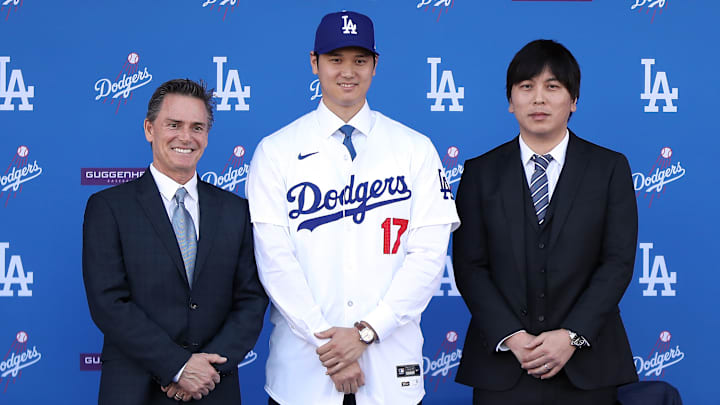Lesson 2: Pitching development is key to longterm success
Obviously, the Dodgers have more money than the Cardinals to spend on free-agent pitchers, but that's also because they develop homegrown pitching talent much more effectively than St. Louis. In fact, when looking at the projected rotations on FanGraphs, the Cardinals are paying slightly more for their 2024 starting rotation than the Dodgers. The rotation of Yamamoto, Glasnow, Buehler, Miller, and Sheehan is certainly more desirable than Gray, Mikolas, Gibson, Lynn, and Matz, but three of the Dodgers' five starters are either in arbitration or pre-arb while all of the Cardinals' starters were acquired through free agency.
The Cardinals have had no shortage of touted pitching prospects in recent years, but most if not all of them have fallen flat. Jack Flaherty showed signs of greatness in the second half of 2019 but was never able to recreate that success due to a number of injury problems. Alex Reyes, Michael Wacha, Carlos Martinez, Shelby Miller, and possibly Matthew Liberatore add to a long list of starters who never lived up to their prospect projections.
The Dodgers' starting rotation has been good for years because of their ability to churn out young starters who reach their full potential such as Clayton Kershaw, Walker Buehler, Julio Urias, and many others. Their ability to acquire struggling starters and turn them around into All-Star level players such as with Tyler Anderson and Andrew Heaney also helps keep the cost of their staff low.
The Cardinals have found similar success with older starters such as J.A. Happ, Jon Lester, and Jose Quintana, but still not quite up to par with that of the Dodgers. However, they must not allow their wealth of young starting pitching talent in the farm system to go to waste. Between Tink Hence, Tekoah Roby, Gordon Graceffo, and Cooper Hjerpe, surely a few of them will pan out as top-end MLB starting pitchers, but the Cardinals need to fix their pitching development to guarantee this.
